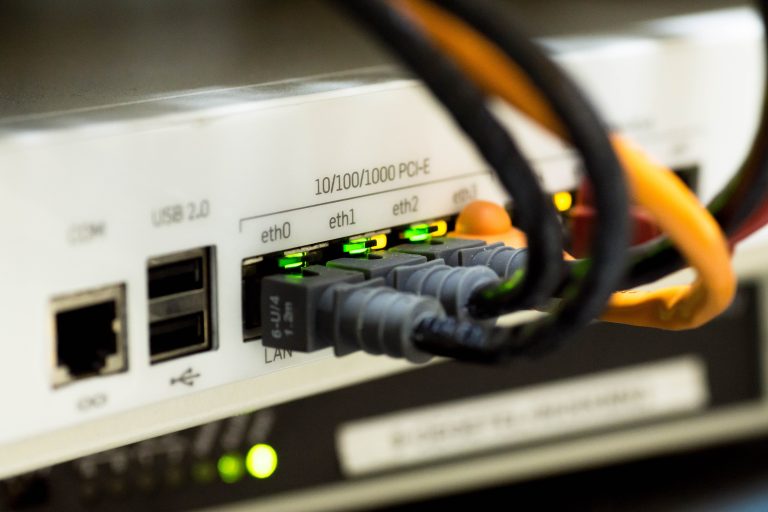As businesses have become more heavily reliant on digital storage, computing power and networking, there’s been a growing demand for data centres to receive a makeover, in terms of simplification. This is where hyperconvergence comes into play. It acts as a single system to deal with the storage, networking, and computing requirements that modern businesses demand. The main question for businesses is whether a hyper converged infrastructure makes a difference or not. This is given how most vendors have taken the technology in their own unique directions.
So, we’ve highlighted what you need to know in order to make up your own mind on the subject. Take a look at our guide on what is hyperconvergence or visit the Tech page to discover more of our articles there.
Hyper converged infrastructure basics
As previously mentioned, hyperconvergence is an infrastructure that brings three major IT elements together. But, what makes hyper converged infrastructures different is the way that hypervisors allow for software-defined storage, virtualised networking, and virtualised computing.
Typically, hyper converged platforms will operate on standard, run of the mill servers. But, they can also be comprised of multiple server nodes. This lowers load bearing pressure as the computing and storage duties are shared across a server pool.
With hyperconvergence platforms, you’ll normally make use of commodity hardware while being supported by your vendor of choice. In theory, this design should be far more flexible and easy to manage that older IT storage infrastructures.
How are hyper converged infrastructures different from converged infrastructures?
The key difference between the two is that converged infrastructures rely on hardware and employ building blockers. This is opposed to hyper converged infrastructures which are software defined.
In other words, converged infrastructures have the capability to separate computing, networking and storage components in order to create a converged system. But, hyperconvergence allows everything to be run together in a virtual environment.
Additionally, most industry experts would say that there are more benefits to businesses when it comes to hyperconvergence. For example, hyperconvergence platforms are software based. This allows them to utilise the very latest technological innovations in ways that hardware platforms cannot.
Why does it matter for businesses?
Converged infrastructures have become more and more complex over time and this has placed a significant burden on IT departments. But, these kinds of complex legacy systems take up more than just employee time. Additionally, they normally end up being more expensive to run and maintain over their more modern hyper converged counterparts.
Hyperconvergence platforms can easily scale with your business at any given time and continue to remain flexible even when dealing with the toughest of business requirements. However, handing so much responsibility away from in-house IT departments and over to vendors is a bit of a pain point for some businesses.
Normally, there are a lot of added cost-reduction bonuses thrown into the mix from vendors too. This could include the following:
- Lower data centre power and space requirements.
- Less IT labour.
- Reduced dependence on third-party software.
- Lower licensing costs as a result.
Are there any risks of hyperconvergence to take into account?
While vendors are keen to outline potential savings post set up, some companies have found this untrue. After all, this is new technology and requires IT staff to be trained in an ongoing way.
Another issue with hyperconvergence revolves around how vendors have chosen to explore many different directions with the technology. While this can be seen as a positive by some, it has made hyper converged infrastructure a little confusing to the casual customer.
Where does hyperconvergence make sense?
Initially, hyper converged systems were built to handle virtual desktop infrastructure (VDI) and other workloads with reasonably foreseeable resource requirements. However, this has changed over time and these systems now boast easy scalability for a range of enterprise applications, databases, and private clouds.
According to research carried out by Forrester, the most common workload being run on hyper converged infrastructures are databases, such as Oracle or SQL servers (50%). After this, their research showed that businesses utilised this technology for file and print services (40%), collaboration tools (38%), virtual desktops (34%), commercial software (33%), analytics (23%), and web-facing workloads (17%) are popular choices by businesses.
Are you still trying to work out what is hyperconvergence? To learn more or find out about migrating your business’s technology to a hyper converged system, please contact a member of our team now.













